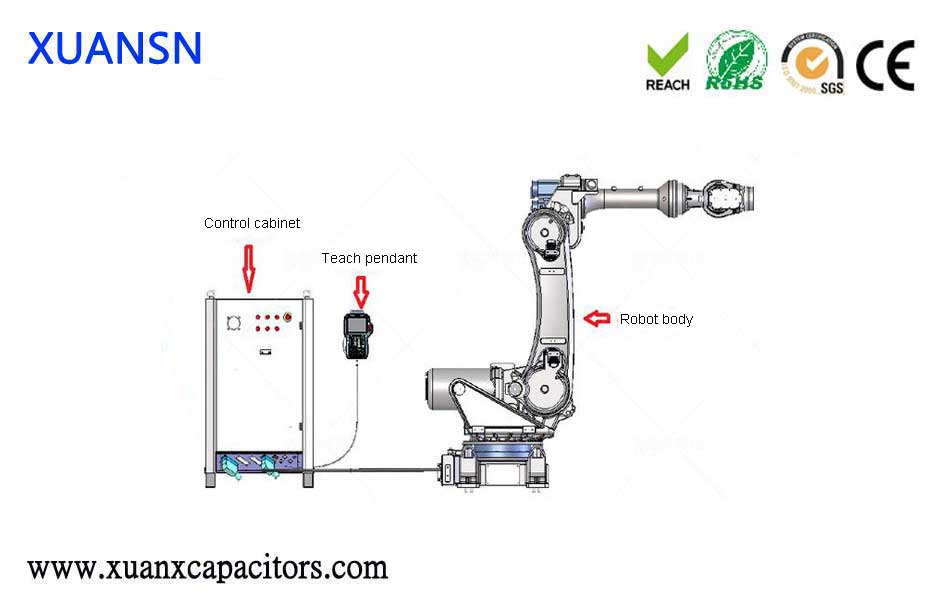Recently, the economies of Latin America and the Caribbean have shown a momentum of recovery, and many international organizations have raised their expectations for economic growth in the region this year. Experts believe that the economic recovery in Latin America is mainly driven by factors such as rising international commodity prices and accelerated resumption of production in many countries. It will still be affected by the epidemic in the short term, and will face challenges such as high debt and structural problems in the long term. It is worth noting that the bright spots of China-Latin America economic and trade cooperation have appeared frequently, which has become an important driving force for the economic recovery of Latin America.
The recovery momentum is dazzling
Driven by factors such as accelerating vaccination, resumption of work and production, rising international commodity prices, and the recovery of major global economies, the recent recovery momentum in Latin America has been impressive. The United Nations Economic Commission for Latin America and the Caribbean (ECLAC) predicts that the region’s economy will grow by 5.2% this year, and the economic growth of Argentina, Brazil, Mexico and other countries is expected to exceed 5%.
According to data released by the National Institute of Statistics and Census of Argentina, thanks to the recovery of construction, industry, trade and other fields, Argentina’s economic activity in May increased by 13.6% year-on-year.
Affected by positive factors such as accelerating vaccination and rising international commodity prices, the Brazilian Ministry of Economy has recently raised its economic growth forecasts for this year and next to 5.3% and 2.51%, higher than the 3.5% and 2.5% predicted in May.
Mexico’s Deputy Finance Minister Gabriel Yorio recently stated that Mexico’s economy is expected to grow by 6% this year, an increase of 0.7 percentage points from the previous forecast. Official data show that Mexican merchandise exports in June were 42.6 billion U.S. dollars, a year-on-year increase of 29%.
According to Peru’s National Bureau of Statistics, Peru’s gross domestic product (GDP) will grow by 10% this year. Carlos Aquino, director of the Asian Studies Center of the National University of San Marcos in Peru, believes that the recovery of the Peruvian economy, which is based on mining, is better than expected, mainly due to the rise in copper prices in the international market and the recovery of the world’s major economies.
The Central Bank of Costa Rica recently raised its forecast for this year’s economic growth to 3.9%. The governor of the Colombian central bank, Rodrigo Cubero Breli, predicts that almost all industries in the country will experience a recovery.
Long-term challenges remain
Experts believe that it remains to be seen whether the rapid economic recovery momentum in Latin America will continue. It is still threatened by the epidemic in the short term, and faces challenges such as high debt, reduced foreign investment, and single economic structure in the long term.
With the relaxation of epidemic prevention and control in many countries, mutant strains spread rapidly in Latin America, and the number of newly confirmed cases in some countries has surged. As the young and middle-aged groups are the most affected in the new wave of epidemics, the economic development of the region in the future may be dragged down by labor shortages.
The epidemic has further pushed up debt levels in Latin America. Barsena, Executive Secretary of the Economic Commission for Latin America and the Caribbean, said that the public debt of the governments of Latin American countries has increased significantly. Between 2019 and 2020, the debt-to-GDP ratio has increased by about 10 percentage points.
In addition, the Latin American region’s attraction to foreign direct investment dropped sharply last year. The Economic Commission for Latin America and the Caribbean predicts that this year’s investment growth in the entire region will be much lower than the global level.
The Economic Commission for Latin America also pointed out that affected by the epidemic, Latin America is currently facing a series of problems, such as a soaring unemployment rate and a sharp increase in poverty. The long-standing single problem of industrial structure has also worsened.




